Emergence of Predictive Analytics
The emergence of predictive analytics is reshaping the landscape of the statistical analytics market. Organizations are increasingly adopting predictive models to forecast future trends and behaviors based on historical data. This approach allows businesses to anticipate customer needs and optimize their strategies accordingly. Recent studies suggest that predictive analytics can improve decision-making efficiency by up to 25%, making it a valuable asset for companies. The statistical analytics market is witnessing a surge in demand for predictive analytics solutions, as they provide organizations with the ability to make proactive decisions rather than reactive ones. This shift towards predictive capabilities is likely to drive innovation and enhance competitive advantage in various sectors. As more companies recognize the potential of predictive analytics, the market is expected to experience substantial growth in the coming years.
Expansion of Cloud-Based Analytics Solutions
The expansion of cloud-based analytics solutions is significantly influencing the statistical analytics market. Organizations are increasingly migrating their analytics operations to the cloud to leverage its scalability, flexibility, and cost-effectiveness. Recent data suggests that the cloud analytics market is expected to grow at a CAGR of over 20% through 2027, driven by the need for real-time data access and collaboration. This shift is particularly relevant for the statistical analytics market, as cloud solutions enable businesses to analyze large volumes of data without the constraints of traditional infrastructure. The ability to access analytics tools from anywhere enhances decision-making capabilities and fosters a more agile business environment. As cloud adoption continues to rise, the statistical analytics market is likely to experience accelerated growth, reflecting the changing dynamics of data analysis.
Growing Demand for Data-Driven Decision Making
The increasing emphasis on data-driven decision making is a primary driver in the statistical analytics market. Organizations across various sectors are recognizing the value of leveraging data to enhance operational efficiency and strategic planning. According to recent data, approximately 70% of companies in the US are investing in analytics to improve their decision-making processes. This trend is likely to continue as businesses seek to gain a competitive edge. The statistical analytics market is poised to benefit from this shift, as more organizations adopt advanced analytics tools to interpret complex data sets. The demand for real-time insights is also rising, further propelling the growth of this market. As companies strive to optimize their performance, the reliance on statistical analytics will likely become more pronounced, indicating a robust future for this sector.
Rising Importance of Data Quality and Governance
The rising importance of data quality and governance is a critical driver in the statistical analytics market. Organizations are increasingly aware that the accuracy and reliability of data directly impact the effectiveness of their analytics efforts. As a result, there is a growing focus on implementing robust data governance frameworks to ensure data integrity. Recent surveys indicate that nearly 60% of organizations in the US prioritize data quality initiatives as part of their analytics strategy. This trend is likely to enhance the demand for statistical analytics solutions that incorporate data validation and cleansing features. The statistical analytics market is adapting to these needs by offering tools that facilitate better data management practices. As companies strive to maintain high data quality standards, the emphasis on governance will continue to shape the landscape of the statistical analytics market.
Increased Investment in Business Intelligence Solutions
Investment in business intelligence (BI) solutions is significantly influencing the statistical analytics market. Companies are allocating substantial budgets to implement BI tools that facilitate data analysis and visualization. Recent statistics indicate that the US market for BI software is projected to reach $30 billion by 2026, reflecting a compound annual growth rate (CAGR) of around 10%. This surge in investment is driven by the need for organizations to harness data effectively and derive actionable insights. The statistical analytics market is benefiting from this trend, as businesses seek to integrate sophisticated analytics capabilities into their operations. Enhanced BI solutions enable organizations to identify trends, forecast outcomes, and make informed decisions, thereby fostering a culture of data-driven innovation. As the demand for BI tools continues to rise, the statistical analytics market is expected to expand correspondingly.


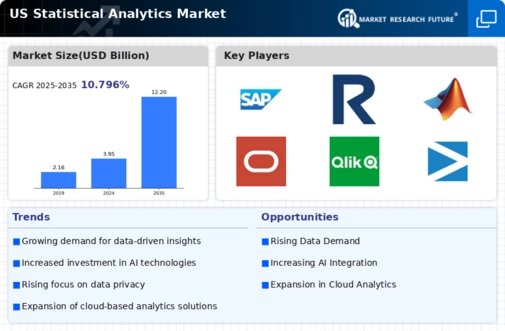
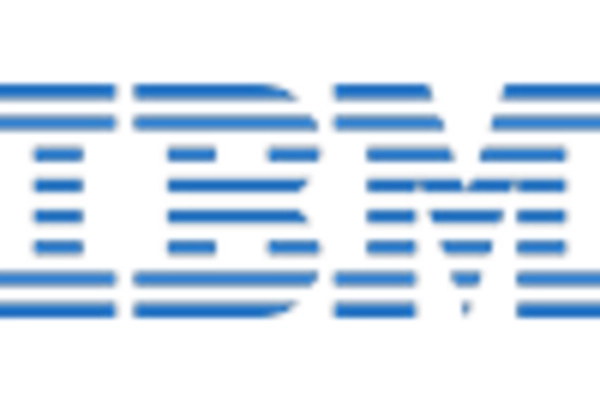
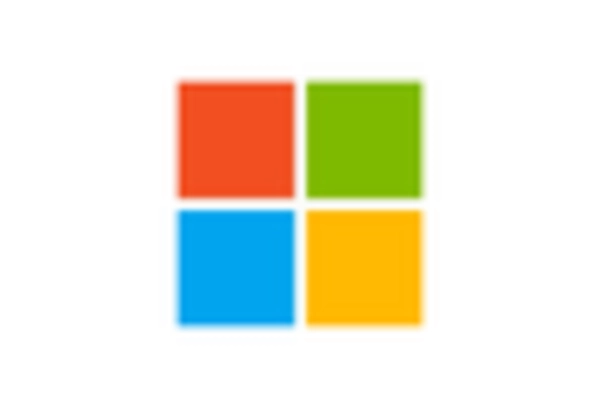

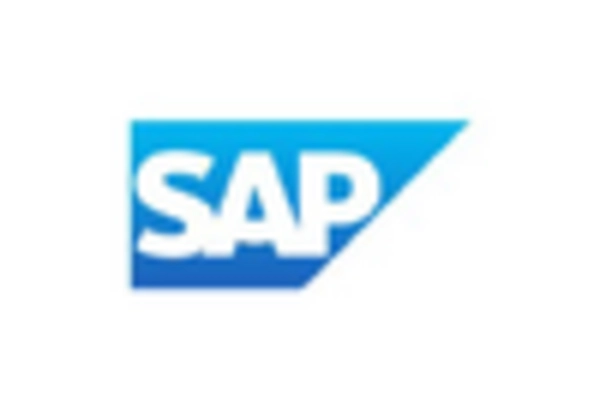
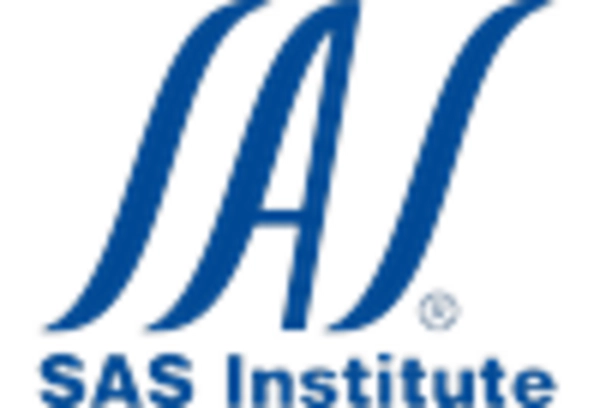









Leave a Comment